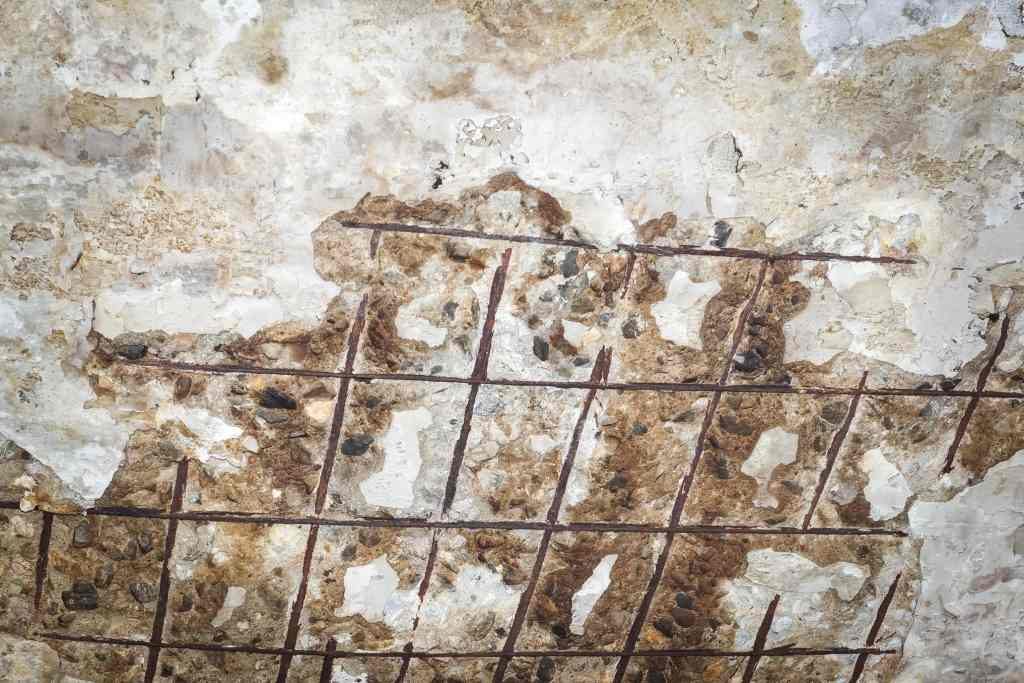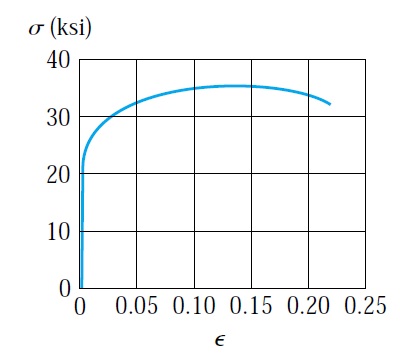Concrete damage-corrosion of reinforcement steel
Corrosion of reinforcement steel is common in reinforced concrete structures. The corrosion of reinforcement steel can occur due to various reasons such as losing the passivity of concrete, freeze-thaw cycles, exposure to chloride, and sulfate.
The corrosion of steel can be detected from the rust stains on the outer surface of concrete and from the hollow or drummy sound that results from tapping the affected concrete with a hammer. Also, it can be determined by the using of a special electronic device that measures the half cell potentials of the affected concrete. Ensuring a sound repairing of concrete structure will require the determining and eliminating the cause of reinforcement corrosion. The deteriorated concrete area should be removed, and the steel shall be exposed. The reinforcement steel should be adequately cleaned, and all the rust should be removed. If the size of reinforcement bars reduced to less than half of the original cross-section shall be removed and replaced with a new reinforcement. We should ensure that all the corroded reinforcement exposed and cleaned or replaced.
Figure 1
The alkalinity of the portland cement used to create a passive environment with PH=12 around the reinforcement steel. The passive environment will protect the reinforcement from the corrosion. When the passivity lost the corrosion will occur, and iron oxide will be formed. The iron oxide will occupy a bigger space, which causes tensile stress, and this will result in concrete cracking and spalling.
The ingress of chloride will significantly increase the rate of reinforcement corrosion. The source of chloride can be the deicing salt used to thaw the snow and ice. Chloride can also be found in sand and aggregates and the mixing water. Also, the surrounding environment can be a source of chloride, such as marine environments. Structures located in marine environments will experience a chloride exposure from the seawater or from the blown spray.
The corrosion of steel can be detected from the rust stains on the outer surface of concrete and from the hollow or drummy sound that results from tapping the affected concrete with a hammer. Also, it can be determined by the using of a special electronic device that measures the half cell potentials of the affected concrete. Ensuring a sound repairing of concrete structure will require the determining and eliminating the cause of reinforcement corrosion. The deteriorated concrete area should be removed, and the steel shall be exposed. The reinforcement steel should be adequately cleaned, and all the rust should be removed. If the size of reinforcement bars reduced to less than half of the original cross-section shall be removed and replaced with a new reinforcement. We should ensure that all the corroded reinforcement exposed and cleaned or replaced.
















Comments
Post a Comment